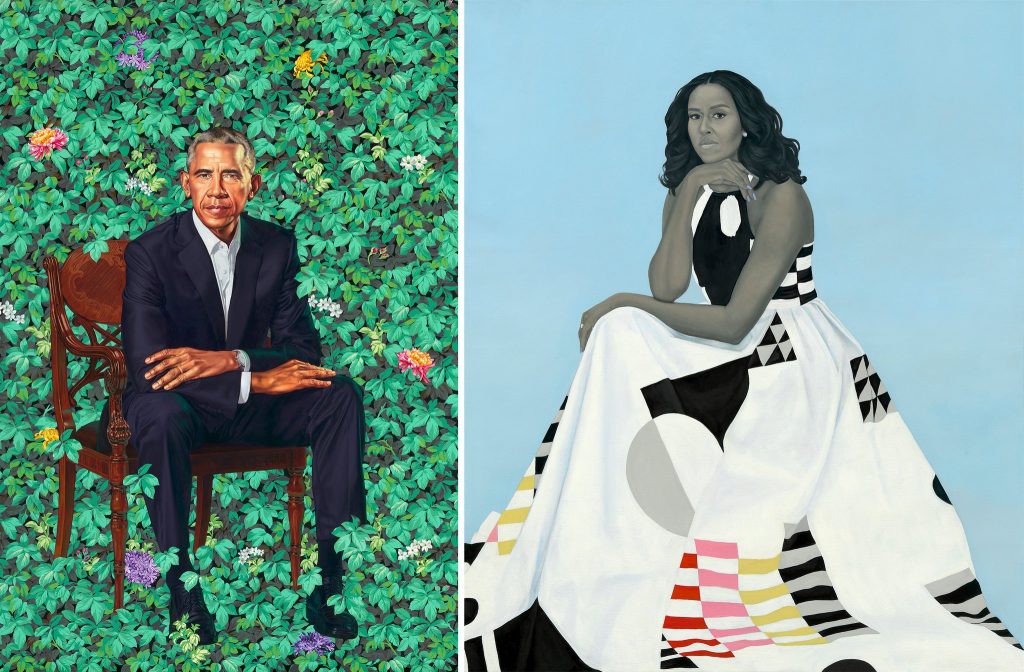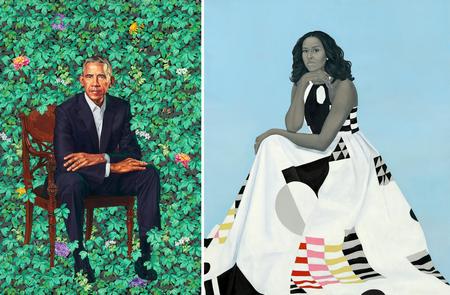President of Spelman College on Obama Portraits and African American Fine Art
“They don’t exist in any one particular time and space. They exist in a universal time and space.”


When the official Obama portraits were unveiled at the National Portrait Gallery in Washington D.C. earlier this year it set off a wave of discussion we don’t typically have every day in this country. A conversation about fine art. And for a few days, we wrestled together with some big questions – about what constitutes good art, or fair representation.
In America, those questions hit harder in African American circles, because of the history of imagery and depiction that has at times mocked black people, demeaned black culture, and stripped African Americans of their rights to self-identity.
But not everyone immediately understands why it’s different – why African American portraiture, for instance, is different than it is for white people.
Dr. Mary Schmidt Campbell is president of Spelman College, a fine arts scholar, and dean emerita of the Tisch School of Arts and Associate Provost for the Arts at New York University. She tells Detroit Today the Obama portraits by Kehinde Wiley and Amy Sherald bear some of the same notes seen in royal portraiture.
“There is something quite regal about them,” says Campbell. “It’s almost as if they’ve deliberately taken them out of just an American or just a Western context, and they placed them in a much bigger context of what it means to carry the weight of their roles [and] the world in general.”
“They don’t exist in any one particular time and space. They exist in a universal time and space.”
She will be the keynote speaker at a conference next week called Terms of the Debate: The Battle for the Black Body, 19th Century to the Present Reception, at Harvard University.
